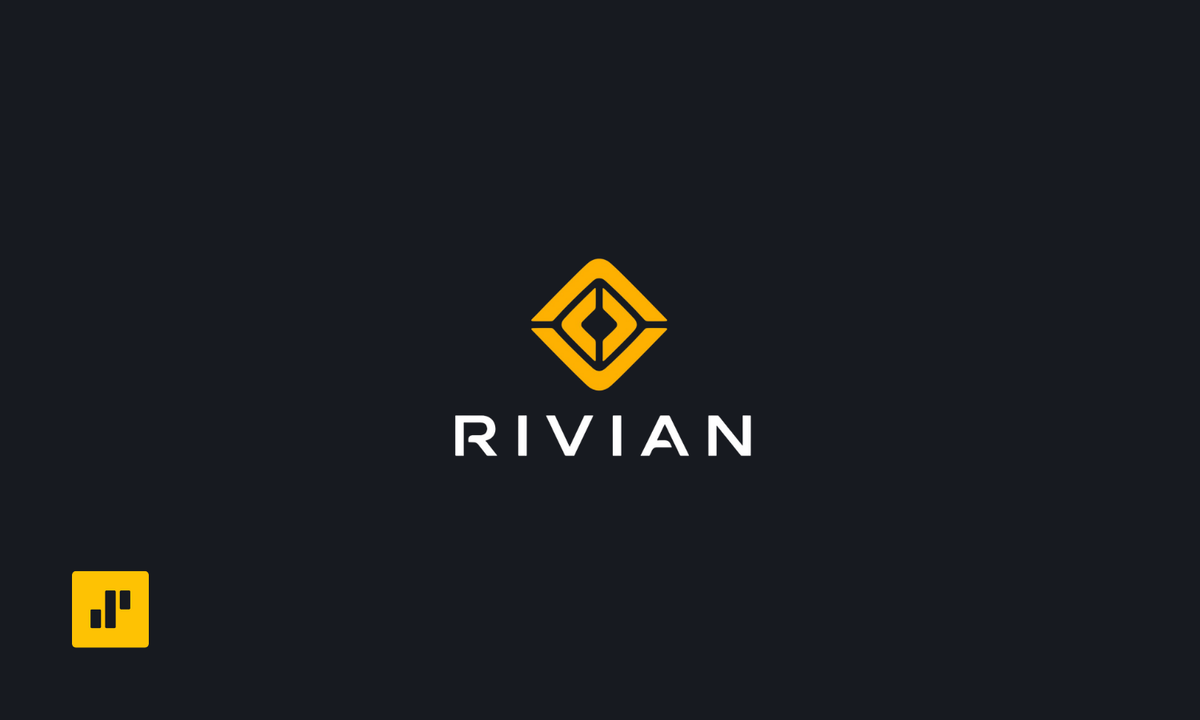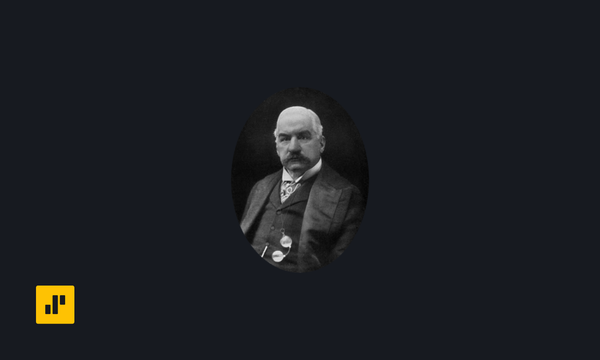Trade Idea: $RIVN


Name: Rivian
Ticker: $RIVN
Entry: $10.37
Target: $100 or trailing stop
Stop Loss: $7
Risk/Reward: 26:1
Notes: See similarities to $HOOD.
Fundamental Analysis Report: Rivian Automotive, Inc. (RIVN)
Executive Summary
Rivian Automotive (NASDAQ: RIVN) has reached a critical operational inflection point as of Q3 2025, shifting from a precarious cash-burn narrative to a stabilized bridge toward its next-generation platform. The company achieved a milestone positive gross profit of $24 million in Q3 2025, driven largely by high-margin revenue from its joint venture with Volkswagen, which recently increased its total investment commitment to $5.8 billion.
While Rivian remains unprofitable on a net basis with a Q3 net loss of $1.17 billion, its liquidity position is robust. With $7.1 billion in cash on hand and substantial capital injections scheduled from Volkswagen, Rivian has secured the financial runway necessary to reach the production of its mass-market R2 vehicle in H1 2026. The stock remains a high-risk/high-reward play, contingent on successful execution of the R2 ramp and the continued stabilization of unit economics.
1. Financial Performance Analysis
Q3 2025 Results: The Gross Profit Turnaround
Rivian delivered a mixed but strategically positive Q3 2025, characterized by strong revenue growth and a pivot to positive gross margins, despite widening net losses.
- Revenue: $1.56 billion, up 78% year-over-year (YoY), beating analyst estimates of $1.46-$1.5 billion.
- Gross Profit: $24 million, a massive improvement from a $392 million loss in Q3 2024. This resulted in a gross margin of ~2%, compared to -45% in the prior year.
- Note: This margin improvement was significantly aided by $416 million in software and services revenue (up 324% YoY), largely attributed to vehicle electrical architecture services related to the Volkswagen partnership.
- Net Loss: -$1.17 billion (EPS -$0.96), slightly widening from -$1.1 billion in Q3 2024 due to increased operating expenses.
- Adjusted EBITDA: Guidance for FY 2025 losses was revised to between -$2.0 billion and -$2.25 billion.
Liquidity and Cash Burn
Rivian’s balance sheet has been fortified against immediate insolvency risks, differentiating it from struggling EV peers.
- Cash Position: Ended Q3 2025 with $7.1 billion in cash, cash equivalents, and short-term investments.
- Capital Expenditures (Capex): Forecasted at $1.8 billion - $1.9 billion for FY 2025, primarily allocated to the R2 manufacturing expansion.
- Operating Cash Flow: Q3 2025 operating cash flow was positive $26 million, a stark contrast to the $876 million usage in Q3 2024.
2. Strategic Capital & Volkswagen Partnership
The Volkswagen joint venture is the central pillar of Rivian's bull thesis, providing non-dilutive capital and validation of its technology stack.
- Total Deal Size: Increased to $5.8 billion as of November 2025.
- Capital Injection Schedule:
- Initial Investment: $1 billion convertible note received June 2025.
- Immediate Inflow: ~$1.32 billion payment for IP licenses and equity stake occurring in Q4 2025 (November).
- Future Funding: $1 billion equity investment in 2026, a $1 billion loan available in 2026, and further tranches tied to milestones through 2027.
- Debt Maturity: Rivian successfully refinanced its 2026 debt notes, pushing maturities to 2031, while maintaining $3.2 billion in Green Convertible Notes due in 2029 and 2030.
3. Operational Outlook: Production and R2
2025 Guidance Updates
- Deliveries: Narrowed to 41,500 – 43,500 vehicles (previously 40,000–46,000). This represents a potential volume decrease compared to 2024, reflecting supply chain complexities and factory retooling.
- Production: 10,720 vehicles produced in Q3 2025.
The R2 Launch (Growth Catalyst)
- Timeline: R2 production is scheduled to begin in H1 2026 at the Normal, Illinois facility.
- Capacity: The Normal plant capacity is expanding to 215,000 units annually to accommodate R2.
- Georgia Plant: Construction has resumed with a groundbreaking in September 2025. Production is slated for 2028, targeting an eventual capacity of 400,000 units.
4. Valuation and Analyst Sentiment
Valuation Multiples
Current Market Capitalization: ~$18 billion (based on share price ~$14.72).
- Price-to-Sales (P/S): ~3.15x.
- Peer Comparison: Significantly cheaper than Tesla (~12-14x P/S) but trades at a premium to legacy automakers like Ford/GM (~0.3x P/S) and distressed EV peers.
Analyst Consensus (November 2025)
- Consensus Rating: Hold (26 analysts). Breakdown: 6 Strong Buy, 2 Buy, 15 Hold, 2 Sell, 3 Strong Sell.
- Price Targets:
- Average: ~$14.83.
- High: $25.00 (Tigress Financial).
- Low: $10.00 (Mizuho/JPMorgan).
- Sentiment: Recent revisions show cautious optimism, with Stifel raising targets to $17 and Tigress to $25 following the VW JV announcement.
Market Sentiment Indicators
- Short Interest: High at ~12-14% of float, with 147.9 million shares shorted. Days to cover is ~4.2, indicating potential for a short squeeze on positive news.
- Insider Activity: The CEO (RJ Scaringe) sold ~$1.2 million in shares in November 2025, though tax-related selling is common. Institutional ownership remains steady at ~44%.
5. Investment Thesis & Risks
Bull Case (The "Turnaround" Narrative)
- VW Lifeline: The $5.8 billion capital injection removes near-term bankruptcy risk and fully funds operations through the R2 launch.
- Unit Economics: Achieving positive gross profit in Q3 2025 proves the business model can scale, particularly when bolstered by high-margin software/IP revenue.
- Product Pipeline: The R2 ($45k starting price) targets the highest-volume segment of the EV market, competing directly with the Tesla Model Y.
Bear Case (The "Execution" Trap)
- Macro Headwinds: The US EV market faces slowing growth (projected 9-12% CAGR) and political uncertainty regarding the expiration of tax credits in late 2025.
- Net Losses: Despite gross profit improvements, the company loses over $1 billion per quarter on a net basis, with high fixed costs remaining.
- Competition: The "mass market" EV segment is becoming crowded with entrants from GM, Hyundai, and Tesla, potentially squeezing margins for the R2 before it launches.
Conclusion
Rivian is fundamentally stronger in November 2025 than at any point in the prior 12 months. The Volkswagen partnership has effectively solved the company's medium-term capital crisis, allowing management to focus on the R2 production ramp. While the stock is currently trading near analyst consensus targets (~$14.80), the removal of liquidity risk offers a more favorable risk-reward profile for long-term investors willing to weather volatility until the R2 launch in 2026.





